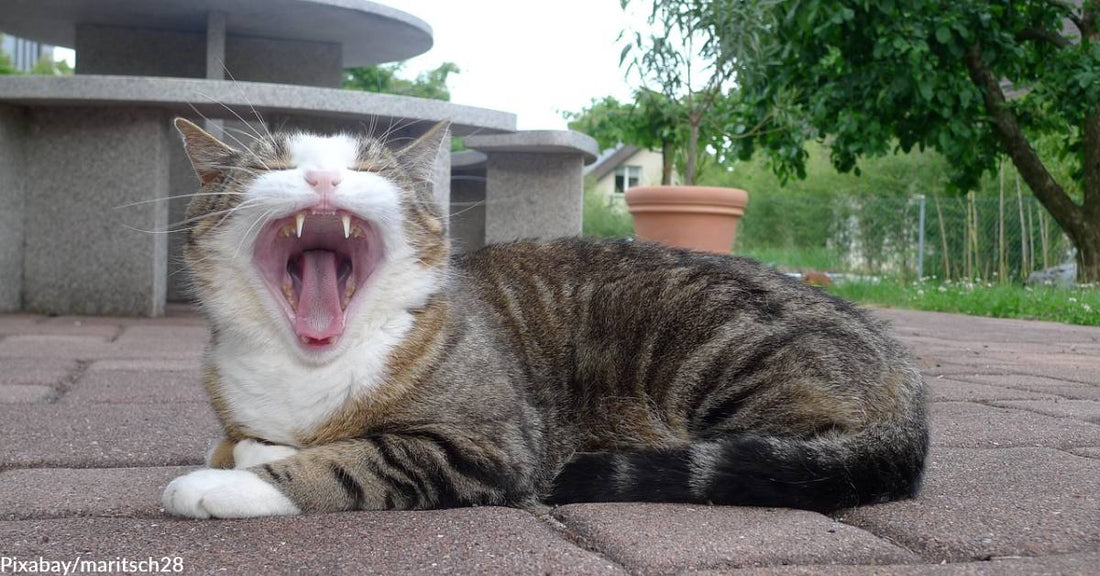The Most Common Disorder Among Cats is Gum Disease, and it's No Laughing Matter
Rebecca West
By this point in time, we all know that pets can and do suffer from dental problems just like humans. With February being National Pet Dental Health Month, it bears reminding cat owners that gum disease is the most common disorder among felines. Not kidney disease or obesity, the latter of which accounts for a startling 11.58 percent of medical issues among putty tats.
According to the Daily Mail, veterinarians collected data from a random sample of 18,249 cats in the U.K. and gum disease topped the list as the most common disorder at 15.23 percent followed by obesity, overgrown nails, and flea infestation. The study was based on the veterinary records of more than one million cats.
Royal Veterinary College
"Everyone who loves cats wants to make their lives happier and healthier," noted Dan O'Neill, Associate Professor in Companion Animal Epidemiology at the Royal Veterinary College and lead author of the paper published in Public.com.
"This study helps owners to understand that dental, weight and parasite care are the key health issues of cats in general so that owners can focus their care and finances better on giving their cats a better life."
AVMA Recommendations
That's sound advice. According to the American Veterinary Medical Association — sponsors of National Pet Dental Health Month — you shouldn't turn your nose from your pet's bad breath and do nothing about it. Bad breath could be a symptom of a serious health risk. By the age of 3, roughly 80 percent of dogs and 70 percent of cats have some form of dental disease! Regular brushing can cut those numbers significantly.
In a nutshell, dental health is a critical part of any person or animal's overall health, and dental problems can cause, or be caused by, other health problems. On their Pet Dental Care page you can learn more about the seriousness of the problem as well as the best ways to proactively combat the issue.
Feline Behavior
Because cats are so good at hiding pain, they may be suffering and you might not even know it if it weren't for the rotten odor emitted from their mouth — and that's only if the situation has progressed to the point of bad breath. So, do yourself a favor and make an appointment for your cat to be seen by your veterinarian at least once a year.
Recent data pointed to cats being seen with far less frequency by vets than dogs. Don't be one of those pet parents. The next time your kitty lets loose with a big old yawn, take a closer inspection of what's going on in there. If you notice a lot of staining or plaque buildup, make an appointment to have your pet seen when the first opening becomes available. In the meantime, check out this helpful AMVA video below.
https://youtu.be/lHvUu97H5oQ




